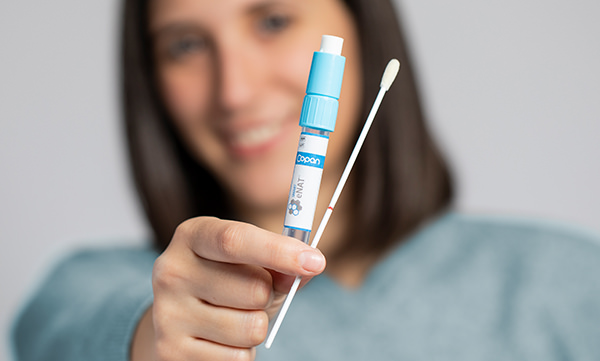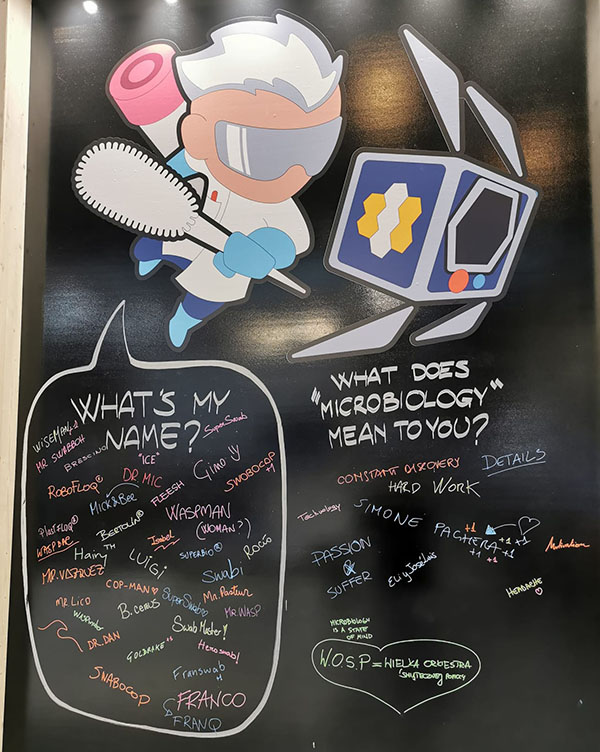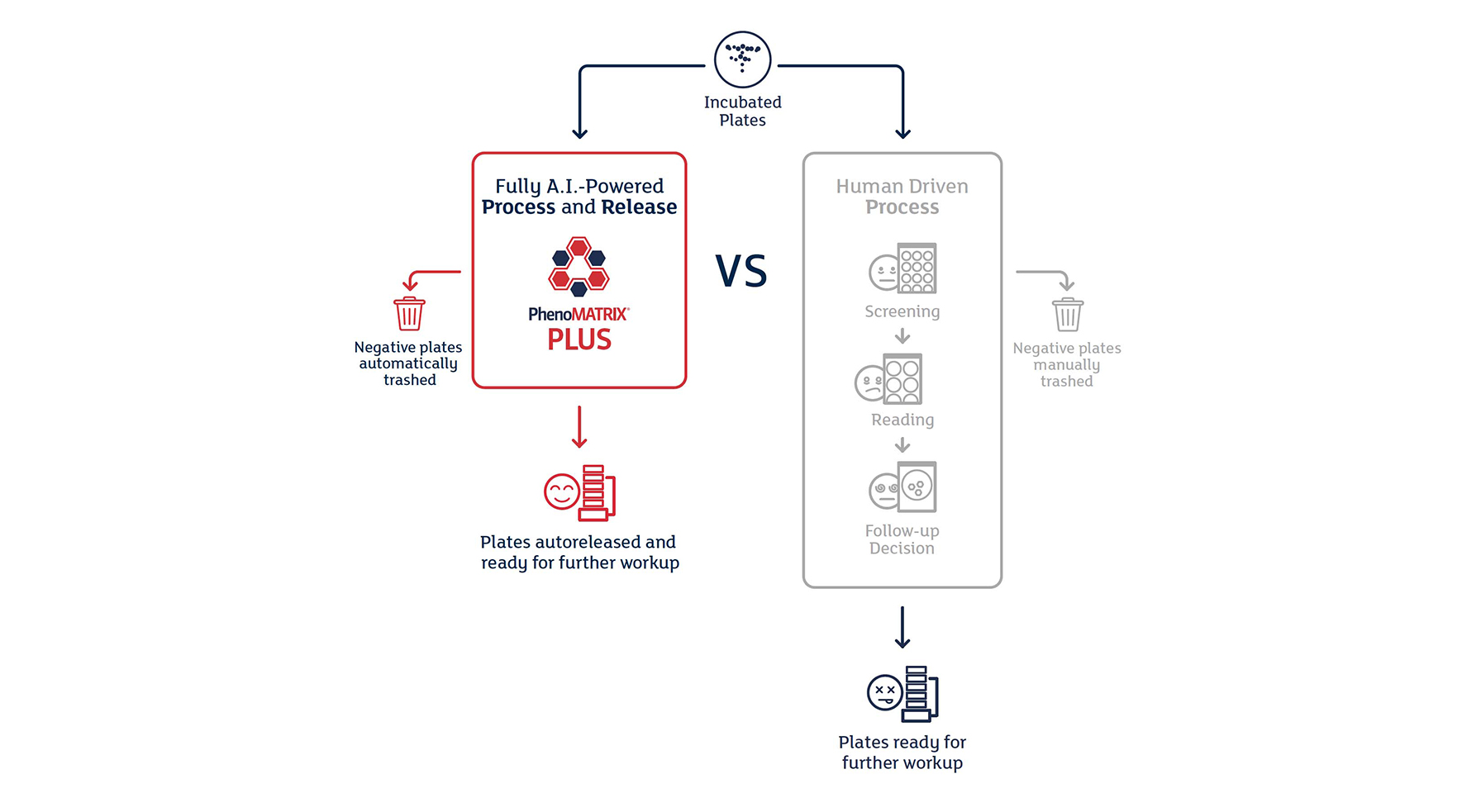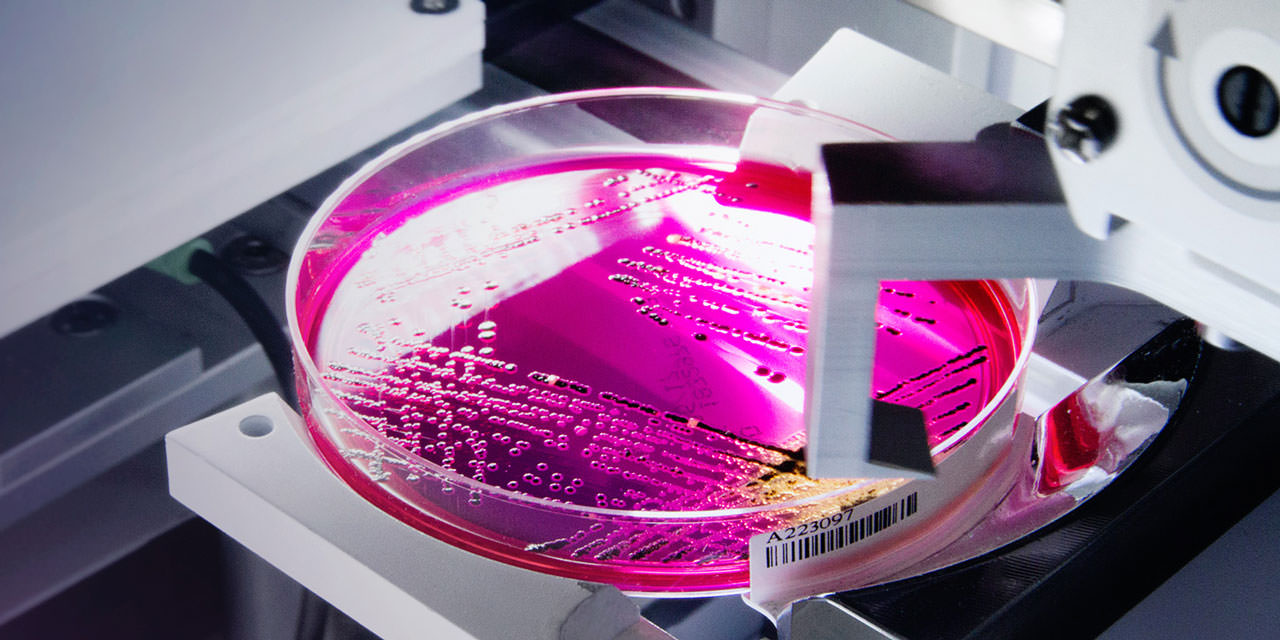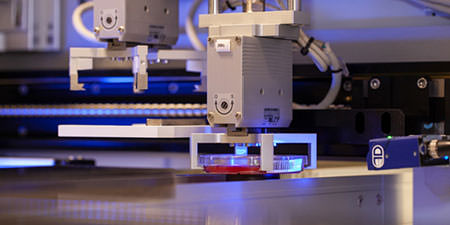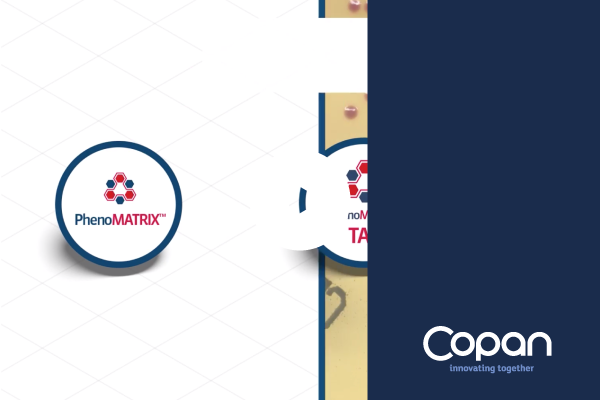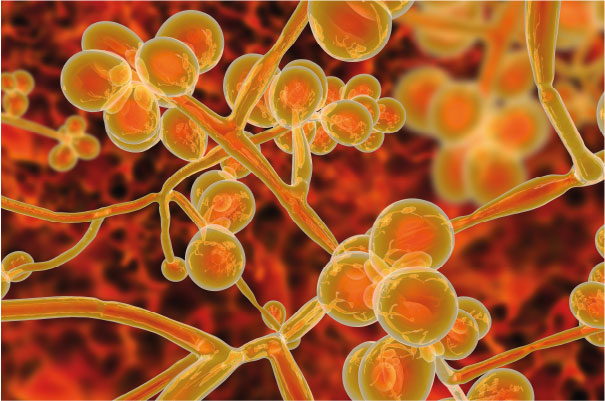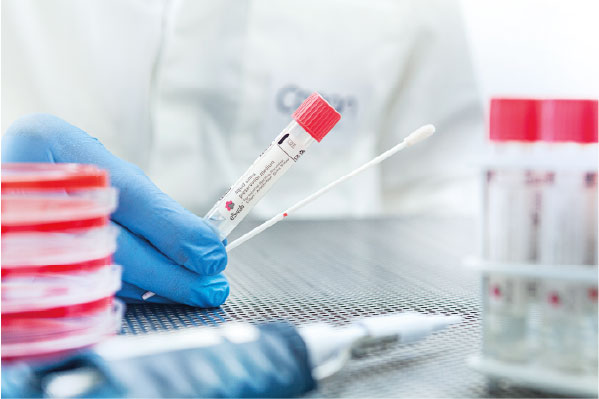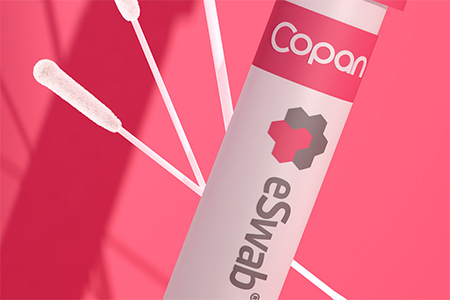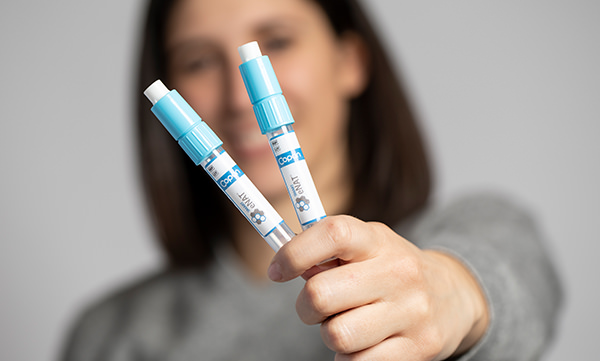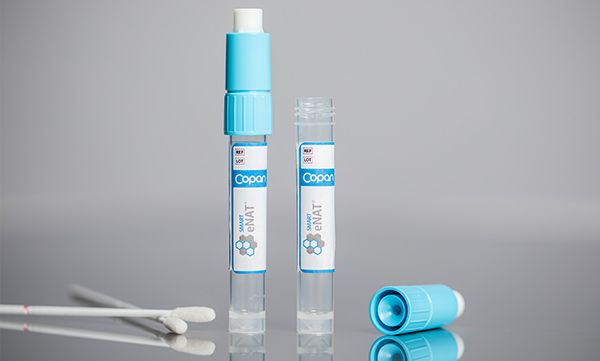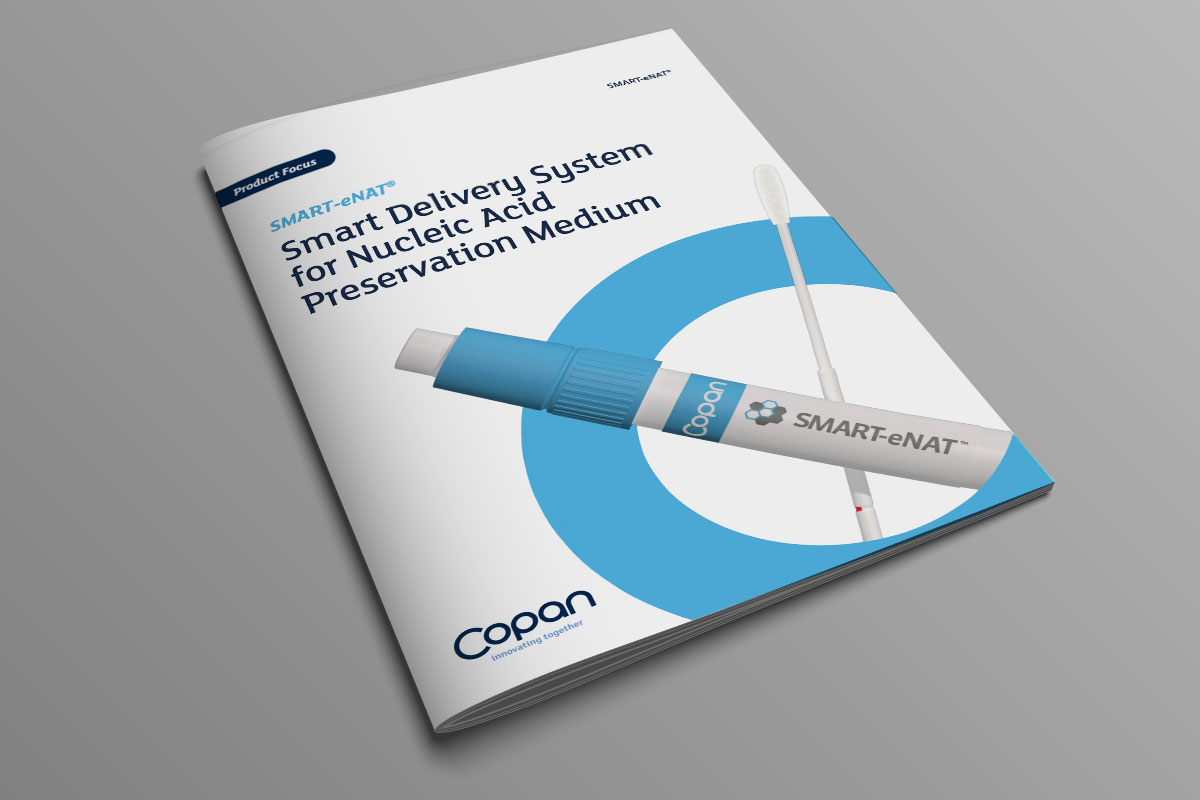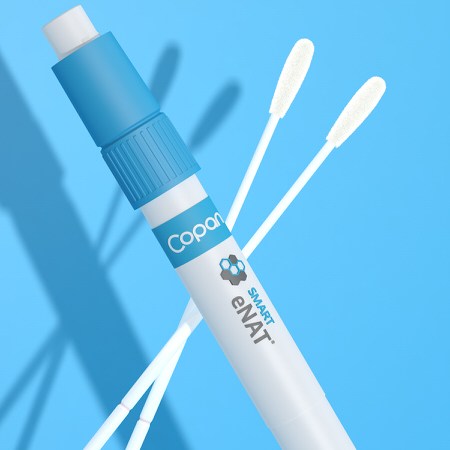Microbiology Time
This month we selected three papers from Italian research teams. The first two explored the link between microbiome and cancer, while the third assessed bacterial water contamination in a dental clinic setting.
- In the first paper, M. G. Clavenna and colleagues analyzed the microbiome and its metabolome directly collected from the colon polyps’ surface to offer a new perspective on the link between the microbiome and colorectal cancer. Their research showed different bacterial and metabolite signatures that discriminate between patients with low- and high-grade dysplastic polyps. Moreover, they revealed that different bacterial compositions were associated with the tumor stage. For example, some of these bacteria are enriched in the early stages of tumor development and may act as drivers of carcinogenesis. All this can be extremely useful in understanding specific bacteria’s role in cancer development and designing targeted therapies.
- Again the gut microbiome, this time analyzed because of its possible association with HR+/HER2- metastatic breast cancer and its therapy. In this study, the researchers assessed the potential link between fecal microbiota and the therapeutic efficacy of CDK4/6-inhibitors by collecting stool samples from responder or non-responder patients. With machine-learning algorithms, they evidenced four bacterial species as a discriminant for responder and non-responder patients, and cross-correlations among several patients’ circulating immune cells/biomarkers and bacterial species’ relative abundances showed associations with potential prognostic implications. Thus, microbiota manipulation strategies might be hypothesized to improve response to CDK4/6-inhibitors.
- The last study aimed at developing a water safety plan for a dental unit waterline – which usually represents an environment able to promote microbial contamination – with the main goal of preserving the health of dentists, staff, and patients. With a new sampling strategy, the researchers assessed Legionella and Pseudomonas aeruginosa contamination in three different water systems serving 60 dental chairs in total. They performed two subsequent shock treatments and resampling procedures by increasing disinfectant dosage and contact time, identifying the sources of contamination and allowing a better focus on the maintenance and disinfection procedures.
Discover the complete studies below:












